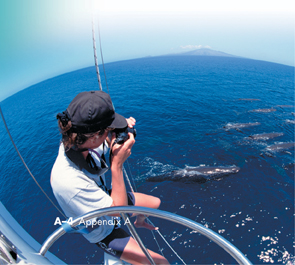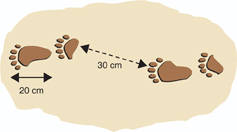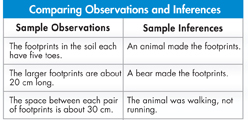Basic Process Skills
During a biology course, you often carry out short lab activities as well as lengthier experiments. Here are some skills that you will use.
Observing
In every science activity, you make a variety of observations. Observing is using one or more of the five senses to gather information. Many observations involve the senses of sight, hearing, touch, and smell. On rare occasions in a lab—but only when explicitly directed by your teacher—you may use the sense of taste to make an observation.
Sometimes you will use tools that increase the power of your senses or make observations more precise. For example, hand lenses and microscopes enable you to see things in greater detail. Rulers, balances, and thermometers help you measure key variables. Besides expanding the senses or making observations more accurate, tools may help eliminate personal opinions or preferences.
In science, it is customary to record your observations at the time they are made, usually by writing or drawing in a notebook. You may also make records by using computers, cameras, videotapes, and other tools. As a rule, scientists keep complete accounts of their observations, often using tables to organize their observations.

Inferring
In science, as in daily life, observations are usually followed by inferences. Inferring is interpreting an observation or statement based on prior knowledge.
For example, suppose you're on a mountain hike and you see footprints like the ones illustrated below. Based on their size and shape, you might infer that a large mammal had passed by. In making that inference, you would use your knowledge about the shape of animals' feet. Someone who knew much more about mammals might infer that a bear left the footprints. You can compare examples of observations and inferences in the table.
Notice that an inference is an act of reasoning, not a fact. An inference may be logical but not true. It is often necessary to gather further information before you can be confident that an inference is correct. For scientists, that information may come from further observations or from research done by others.

Table of Contents
- Formulas and Equations
- Applying Formulas and Equations
- Mean, Median, and Mode
- Estimation
- Using Measurements in Calculations
- Effects of Measurement Errors
- Accuracy
- Precision
- Comparing Accuracy and Precision
- Significant Figures
- Calculating With Significant Figures
- Scientific Notation
- Calculating With Scientific Notation
- Dimensional Analysis
- Applying Dimensional Analysis





